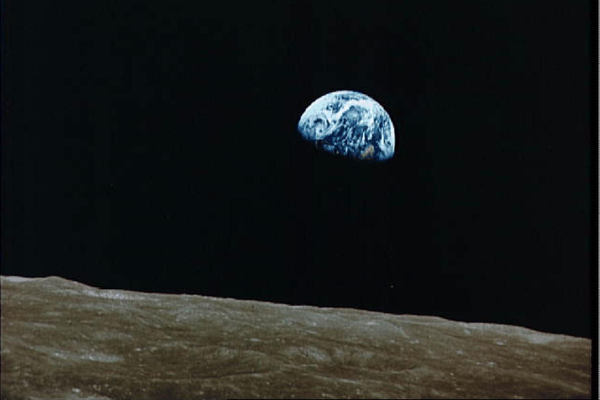Man on the Moon: Technology then and now
On the 40th anniversary of the first moon landings, we take a look at how space technology has developed and what it might mean for the UK.


On 20 July 1969, mankind achieved something that as a collective it had been dreaming of for aeons. A human being - in fact two - walked on the surface of the moon for the first time. When Neil Armstrong spoke his immortal words as he descended the steps of the Eagle lunar module, he realised the vision of thousands of years of human imagination, and the more immediate effort of the thousands that had worked on the Apollo 11 programme. While the 1960s and 70s marked the beginnings of the space age', the 1980s onwards have been known instead as the computer age. While the layman would appreciate that the computer technology of the late 60s was undoubtedly primitive, they might be startled to realised how much so.
Computing power
In fact, the computing power that was present on board Apollo 11 was equivalent to that found in a very basic calculator of the early 1980s and far less powerful that the sorts of chip you're likely to find inside an child's electronic toy - a fact illustrated so vividly by this amusing advert for the National Geographic TV channel. This is incredibly ironic, when you consider that some believe that Apollo 11 was the most complicated machine ever created by man, and that its successful launch and the safe return of the astronauts was therefore the greatest engineering achievement ever. "The computer on the [moon] lander was 64Kb it's hard to imagine anything so small nowadays when your digital camera has a gigabyte and your mobile phone probably has the same," said Pat Norris, who led the team that designed the navigation systems that controlled the orbit of the lunar module on Apollo 11.
"The computers on the actual vehicle were absolutely tiny," said Norris, who is now a manager of space and defence strategy at Logica UK told ITPRO.Norris is of course referring to computing power rather than physical size and he reminisced that the computer on board the lunar vehicle weighed a relatively massive 30kilos and used 55Watts. This is ironically the same TDP as the latest server optimised Opteron processors from AMD which have many millions of time the raw computing power. Norris explained that one of the challenges at that time was how to simplify calculations so that they could be squeezed into the incredibly limited amount of memory and processing power that was available at the time an issue that is simply no longer relevant these days.
One thing that hasn't changed though, Norris said, was the need for a very reliable real-time operating system. After all, it doesn't get much more "mission critical" than when you've got three men inside a tin-can floating through space.
Get the ITPro daily newsletter
Sign up today and you will receive a free copy of our Future Focus 2025 report - the leading guidance on AI, cybersecurity and other IT challenges as per 700+ senior executives
Benny Har-Even is a twenty-year stalwart of technology journalism who is passionate about all areas of the industry, but telecoms and mobile and home entertainment are among his chief interests. He has written for many of the leading tech publications in the UK, such as PC Pro and Wired, and previously held the position of technology editor at ITPro before regularly contributing as a freelancer.
Known affectionately as a ‘geek’ to his friends, his passion has seen him land opportunities to speak about technology on BBC television broadcasts, as well as a number of speaking engagements at industry events.
-
 Should AI PCs be part of your next hardware refresh?
Should AI PCs be part of your next hardware refresh?AI PCs are fast becoming a business staple and a surefire way to future-proof your business
By Bobby Hellard Published
-
 Westcon-Comstor and Vectra AI launch brace of new channel initiatives
Westcon-Comstor and Vectra AI launch brace of new channel initiativesNews Westcon-Comstor and Vectra AI have announced the launch of two new channel growth initiatives focused on the managed security service provider (MSSP) space and AWS Marketplace.
By Daniel Todd Published